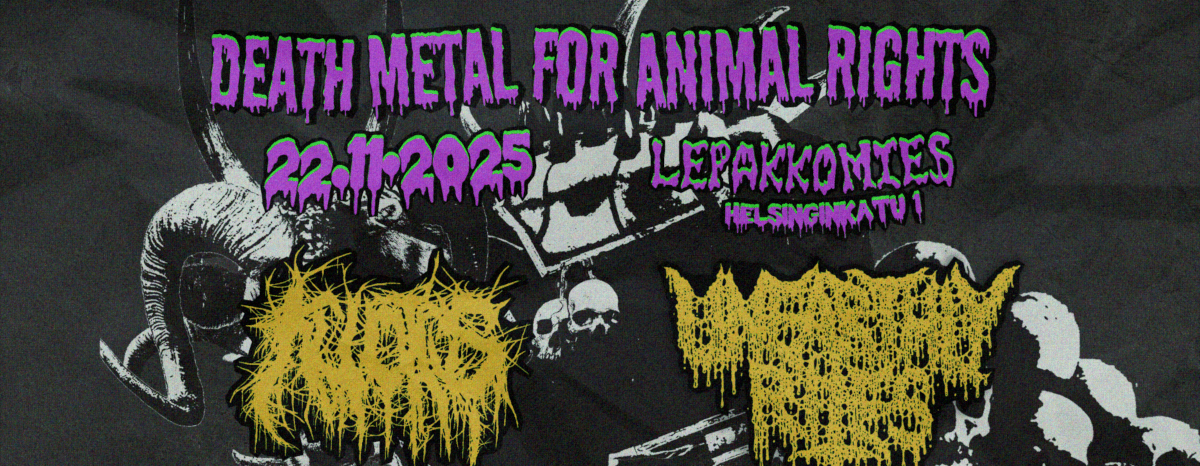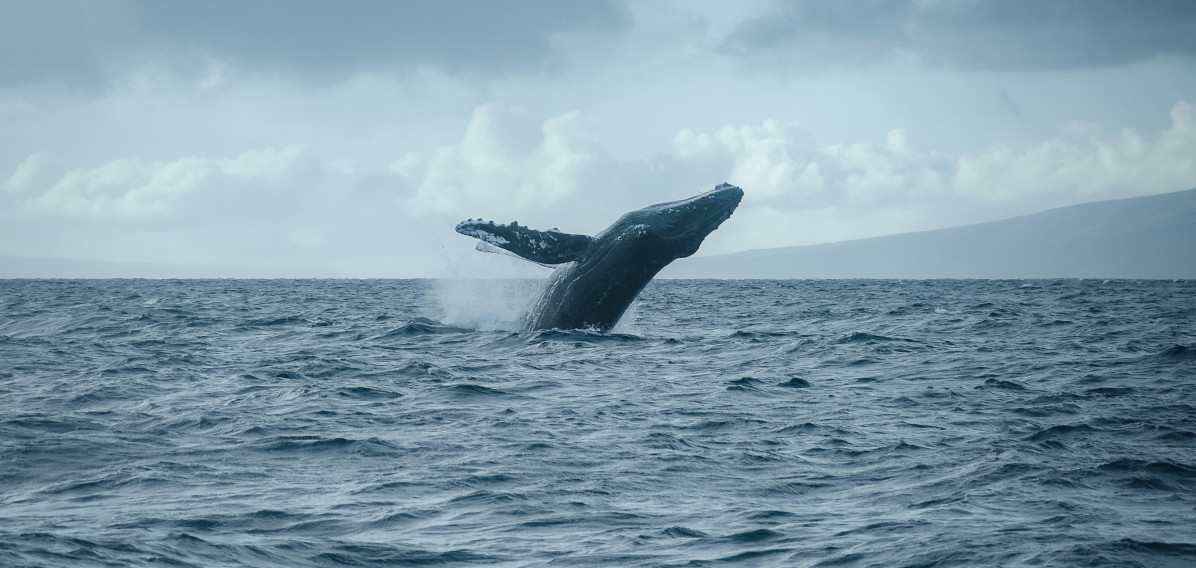The Finnish Fur Breeders’ Association (FIFUR) has published statistics on fur production in Finland for 2023. The statistics confirm what was already suspected: the industry’s decline continues, and its challenges are deepening.
The Finnish animal rights organization Animalia has analyzed the latest statistics.
According to the statistics, 1.2 million fur animal pups were born in Finland in 2023. This number is about 100,000 fewer than the previous year and 800,000 fewer than in 2021. The actual number of furs produced last year is significantly lower than 1.2 million, as nearly half a million fur animals, mostly spring-born pups, were culled and destroyed in the fall of 2023 due to avian influenza.
In 2023, 516,000 mink pups were born, 22,000 fewer than the previous year (-4%). 491,000 blue foxes were born, 144,000 fewer than in 2022 (-22%). Five years ago, 1.04 million mink pups were bred in Finland, so mink production has declined by 50 percent in five years. Fox farming has collapsed even more sharply: in 2019, 1.56 million blue fox pups were born in Finland, so production has dropped by 68 percent in five years.
Employment halved in five years
Large fur farms, in particular, have ceased operations or downsized. Last year, there was only one mink farm producing more than 10,000 pelts, compared to 11 such farms the previous year and 15 five years ago. Last year, there were six fox farms producing more than 10,000 pelts, compared to eight in 2022 and 20 five years ago. Most minks are raised on farms producing fewer than 500 pelts annually, indicating that mink farming is clearly a side business. Foxes, on the other hand, are mostly raised on farms with 3,000–10,000 animals.
It is difficult to obtain accurate information on the number of active fur farms. According to FIFUR’s statistics, the association had 442 member companies at the end of 2023. However, in the summer of 2024, the Food Authority estimated that only about 280 fur farms were still operational in Finland. FIFUR likely includes many member companies that have either completely ceased operations or are not currently raising animals due to poor economic viability.
As production declines, so does the industry’s employment. Fur farming directly employs only 433 full-time equivalents (FTEs) in Finland. Including employees of the auction company Saga Furs, industry researchers, and those involved in fur processing, the industry’s total employment is about 890 FTEs. When indirect effects are also considered, the industry’s total employment in 2023 was estimated at 1,420 FTEs. Five years earlier, in 2019, fur farming directly employed 1,246 FTEs, and with indirect effects, 2,830 FTEs. Therefore, the industry’s total employment has halved in five years, and direct employment has dropped to almost a third.
Continuing production at a significant loss
An examination of the financial figures also does not paint a flattering picture of the industry’s future. The average sale price of blue foxes was 46.8 euros in 2023, down 6 euros from the previous year when the average price was 53.8 euros (-13%). The production cost of a fox pelt is estimated to be around 85–100 euros, so each pelt sold results in a loss of up to 50 euros for the farmer.
The average price of a mink pelt in 2023 was 24.3 euros, down from 24.9 euros the previous year (-2%). The cost of raising a mink is around 35 euros, so it also results in a loss of at least 6 euros per animal. Particularly for fox furs, prices have been sharply declining for the past ten years, except for a few small and temporary upswings.
Fur exports from Finland generated 304 million euros last year, while the value of fur imports was 179 million euros. The high volume of imports is due to furs produced abroad being imported to Finland for auction. In reality, exports generated only about 125 million euros. The industry’s tax contributions amounted to 18 million euros to the state and churches, and 4 million euros to municipalities. Combined tax revenues have halved in five years.
Finland not the only country where fur farming has collapsed
Twenty-one European countries have already banned fur farming, which has led to a significant decline in the number of pelts produced in Europe. Besides Finland, only Poland and Greece still produce mink pelts in significant quantities, and foxes are raised in significant numbers only in Finland and a few tens of thousands in Poland. The shrinking global fur market has led the auction company Saga Furs to close two of its foreign subsidiaries and reduce personnel and facility costs in Finland.
Public acceptance of fur farming in sharp decline
The fur industry has been conducting its own public opinion surveys on the acceptability of the industry for years. The survey asks Finns if they support “domestic, certified fur farming.” In the spring of 2024, the number of those with a positive or very positive view dropped by 7 percentage points from the previous year and by 11 percentage points from 2022. The share of those with a positive view was now 39 percent. The industry also investigated how many Finns could change their view of the fur industry to a more positive one if the industry improved animal welfare, health, and environmental responsibility. Only 30 percent of respondents believed that their view could become more positive with such developments.
In an opinion poll conducted by Animalia and the Justice for Animals (Oikeutta Eläimille) organization in the fall of 2023, 83 percent of Finns believed that fur farming should either be banned or that animals should be given significantly more space and opportunities to engage in species-specific behavior. A total of 56 percent of Finns wanted to ban fur farming as soon as possible or within a 5–15 year transition period. Support for a ban had grown by 11 percentage points in a year. It is likely that the industry’s claim, linking fur farming with domestic production and certification, causes people to respond more positively than if asked directly about banning the industry.
Sources (in Finnish)
FIFUR. Fur Industry Statistics 2023.
Saga Furs 23.8.2024. Insider Information: Saga Furs to Close Two Foreign Subsidiaries.
Animalia 9.11.2023. 83% of Citizens Oppose Current Fur Farming Practices – Support for a Total Ban Has Increased by 11 Percentage Points.
Photo: Andrew Skowron / We Animals Media





